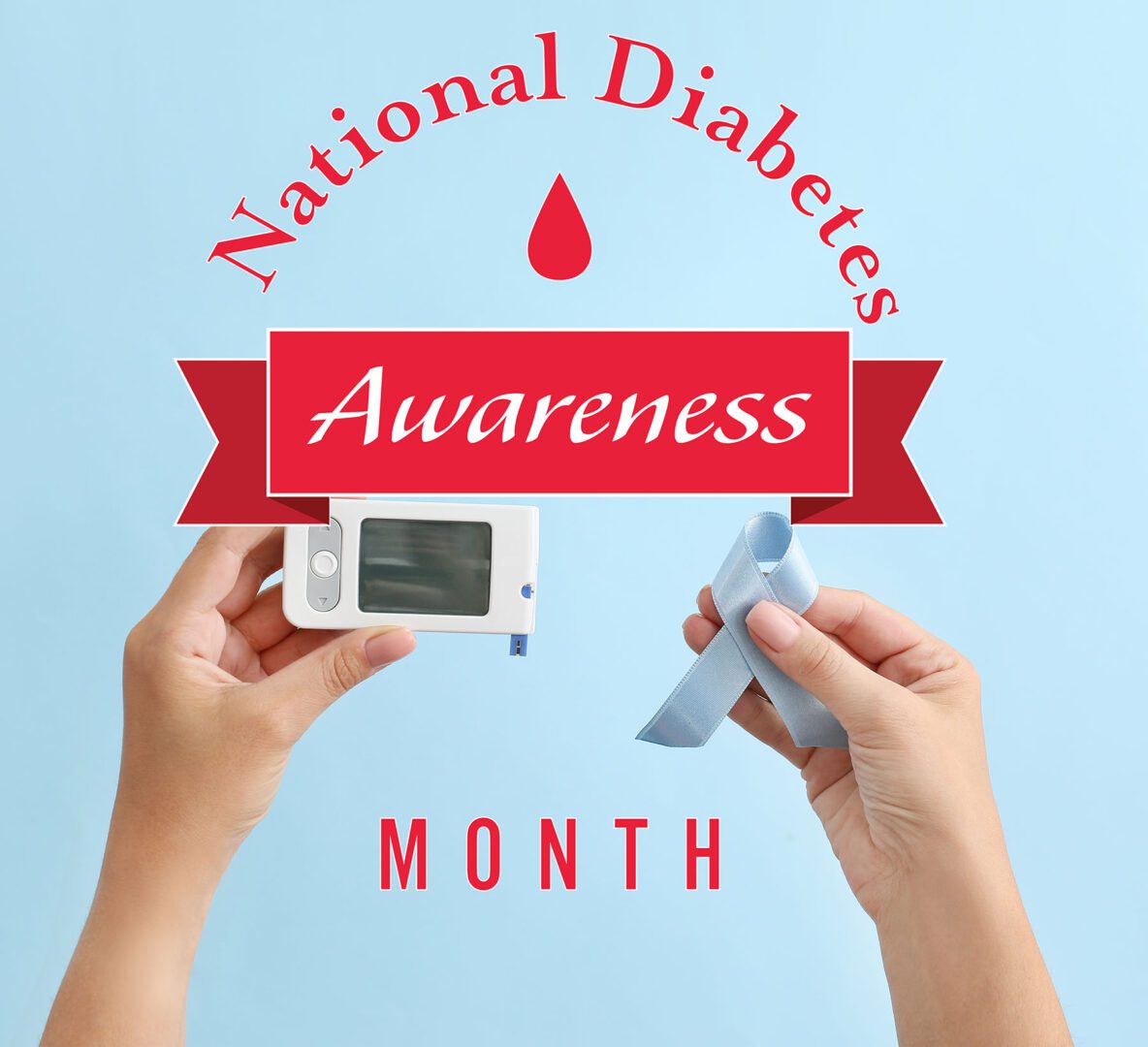Search by Color or Cause


National Diabetes Month takes place during the month of November. November is a time to make yourself more aware of the symptoms and tests available to detect diabetes. Wear a blood drop awareness pin to show your support for National Diabetes Month. Blood drop T1D enamel pins are available in both a personalized and non-personalized version.
The following symptoms of diabetes are typical. However, some people with diabetes have symptoms so mild that they go unnoticed.
Common symptoms of diabetes:
Early detection and treatment of diabetes can decrease the risk of developing the complications of diabetes.
The A1C test can be used to diagnose diabetes or help you know how your treatment plan is working by giving you a picture of your average blood glucose (blood sugar) over the past two to three months. This test, A1C, can identify prediabetes, which raises your risk for diabetes. It can be used to diagnose diabetes. It’s also a critical step in forming your game plan to manage diabetes with your diabetes care team.
This relatively simple blood test can tell you a lot. The higher the levels, the greater your risk of developing diabetes complications. Your doctor will tell you how often you need the A1C test, but usually you’ll have the test at least twice a year if you’re meeting your treatment goals. If you’re not meeting your goals or you change treatments, you may need to get an A1C test more often.
When it comes to the numbers, there’s no one-size-fits-all target. A1C target levels can vary by each person’s age and other factors, and your target may be different from someone else’s. The goal for most adults with diabetes is an A1C that is less than 7%.
A1C test results are reported as a percentage. The higher the percentage, the higher your blood glucose levels over the past two to three months. The A1C test can also be used for diagnosis, based on the following guidelines:
For some people with prediabetes, early treatment as well as moderate lifestyle changes can actually return blood glucose (blood sugar) levels to a normal range, effectively preventing or delaying type 2 diabetes. Increase your daily physical activity. Start eating healthy.
There are no clear symptoms of prediabetes so you may have it and not know it. But before people develop type 2 diabetes, they almost always have prediabetes. This is when blood glucose levels are higher than normal but not yet high enough to be diagnosed as diabetes. It is possible that you may have some of the symptoms of diabetes or even some of the complications. If you think you may have diabetes or prediabetes, check with your doctor and get tested.
If you discover that you do have prediabetes, remember that it doesn’t mean you’ll develop type 2, particularly if you follow a treatment plan and make changes to your lifestyle through food choices and physical activity. Even small changes can have a huge impact on delaying or preventing diabetes all together. Work with a health care professional to make a plan that works for your lifestyle. Or, look for a Centers for Disease Control and Prevention (CDC)-recognized lifestyle change program. There you will meet other people who are working to prevent diabetes.